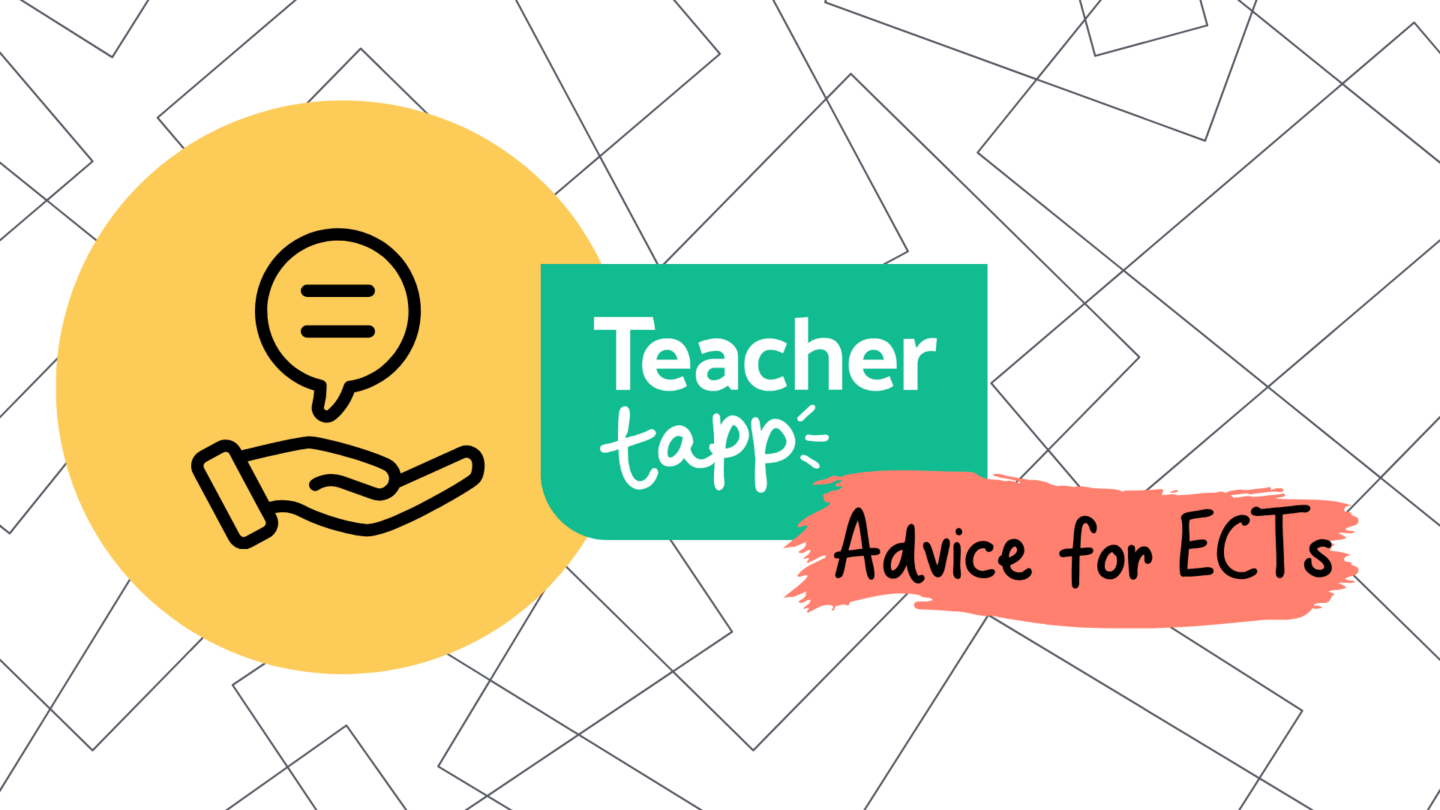There’s just one week left of term for many of you – it’s so close! You can do it! 💪
Jump to section:
1. The Nativity Index: a new way to track variants
In economics, the Big Mac Index keeps track of global inflation by looking at the price of Big Macs in every country. In England, right now, a way to keep an eye on Covid concerns is to look at the Nativity Index: that is, the percentage of schools planning to run an in-person nativity.
Back in November, things were sunnier. Almost 60% of primary schools expected in-person nativities to go ahead. Two weeks later, the value dropped to 41%. And if your nativity hasn’t already gone ahead, we reckon the chances are likely dropping even further.
On the upside, more schools have gone virtual than expected, with over 40% of primary teachers saying they were expecting it to be online compared to 28% a fortnight ago. For parents who can’t easily get to their child’s nativity, it’s a positive change – so at least there’s that.
Of the 41% still running nativities, we heard of at least one case of the nativity being held al fresco. Fingers crossed that it’s not too cold or rainy on show day 🤞

2. Ominous Omicron
Beyond nativities, Omicron is wreaking havoc with a few things. One is that guidance regarding face masks has been updated. Secondary schools are now advised that face masks should be worn by pupils and staff when moving around the premises.
Most of you agree with this measure, but 48% of you would like to see the measures go even further – asking pupils and staff to wear a mask indoors at all times, rather than just the corridors. Though 18% of you would just like the decisions to be made by the schools alone, rather than the government.

Primary schools received the same advice for their staff as secondary schools did – that they should wear masks when moving between classrooms. 65% of teachers agree that staff should wear masks indoors, but 19% of primary teachers would like pupils to be wearing masks indoors as well.
You’ve answered this question three times now, and it looks like the Omicron variant has made you feel similar to how you were last February, while in lockdown. Primary teachers are more cautious about the upcoming term than they were in the summer months.

With all this talk of masks 😷, it still appears that they’re popular. Over three-quarters of teachers believe that the benefits of wearing masks in school still outweigh the downsides.

3. ‘Tis the Season!
The Christmas break is just around the corner – and not a moment too soon! Since May, we’ve been checking each month to see what word best describes your feeling by the end of a week. ‘Tired’ has always been a popular option, but this month the greatest percentage of teachers we’ve ever seen, 58%, responded with ‘tired’.

59% of classroom teachers reported tiredness as their overriding feeling, compared to 51% of heads. Slightly more heads reported anxiety as their main feeling.

With around 10 days to go until the big day – over half of you have put your decorations up. Teachers with children are more likely to have put the decorations up earlier, with 60% having done so 🎄
To the remaining 39% who said they haven’t yet – you haven’t got long to go!

4. Primary ability grouping
In EYFS/KS1, the majority of children are taught reading in a ‘setted’ way – i.e. by sitting with others of a similar attainment level. 57% of students either put on tables by standard or moved across classrooms/year groups. This flips by KS2, though, where over two-thirds of teachers are teaching reading/English with mixed ability tables.

The story is similar – but not quite as dramatic for maths grouping. In EYFS/KS1, 55% of teachers teach to mixed ability tables, with 39% of EYFS/KS1 teachers grouping based on the current standard. When it comes to KS2, mixed ability tables become even more popular, where 62% of teachers do this.

Finally… we know you love the daily read, so here are the ones from last week
The most read tip from the past week was: How ‘Do Now’ activities can help pupils remember their learning
And here are the rest for your reference:





